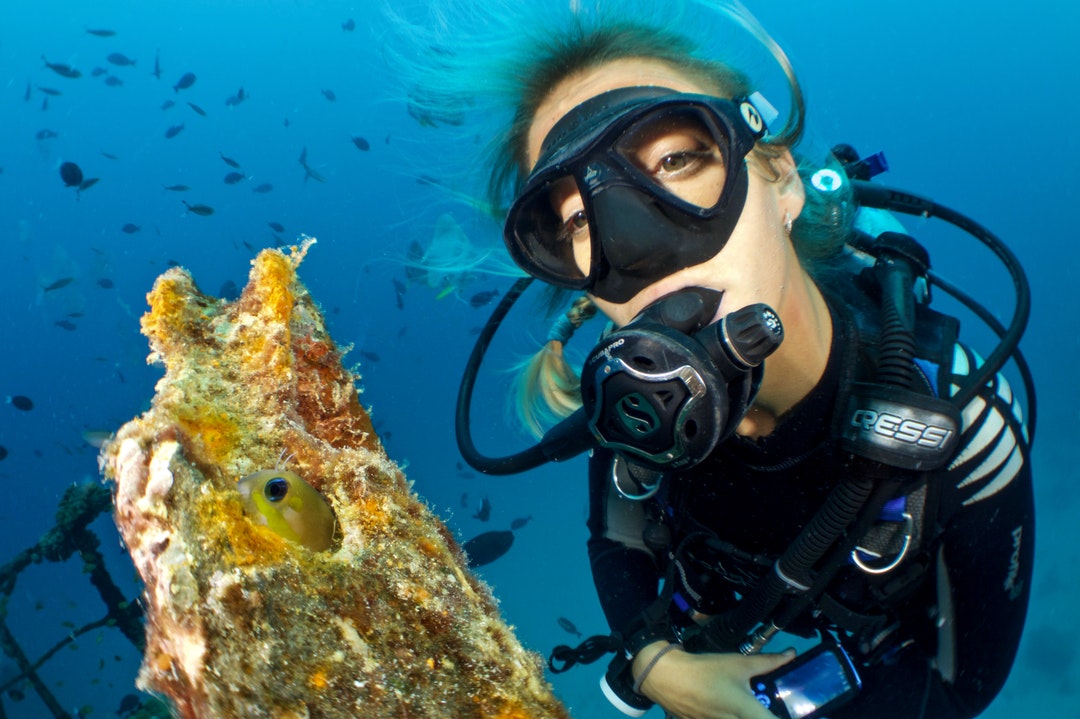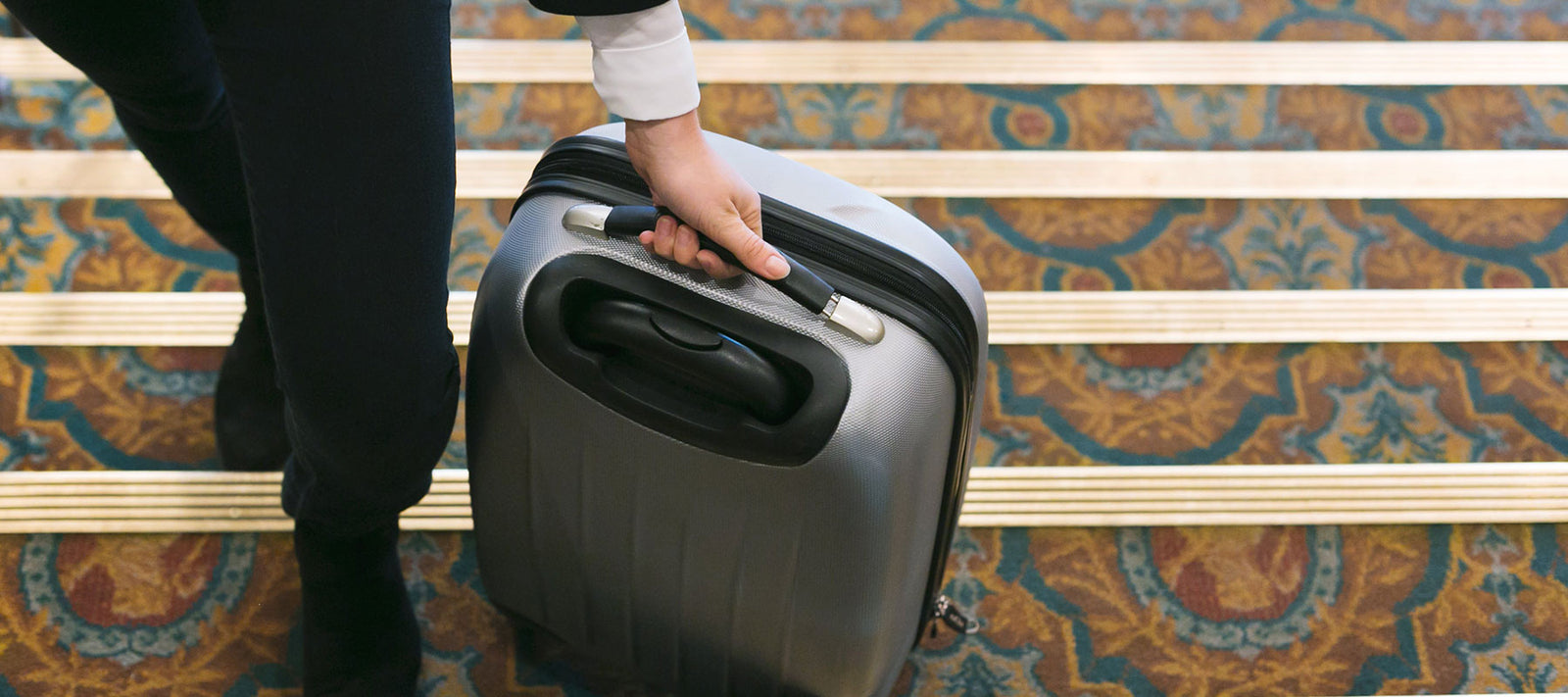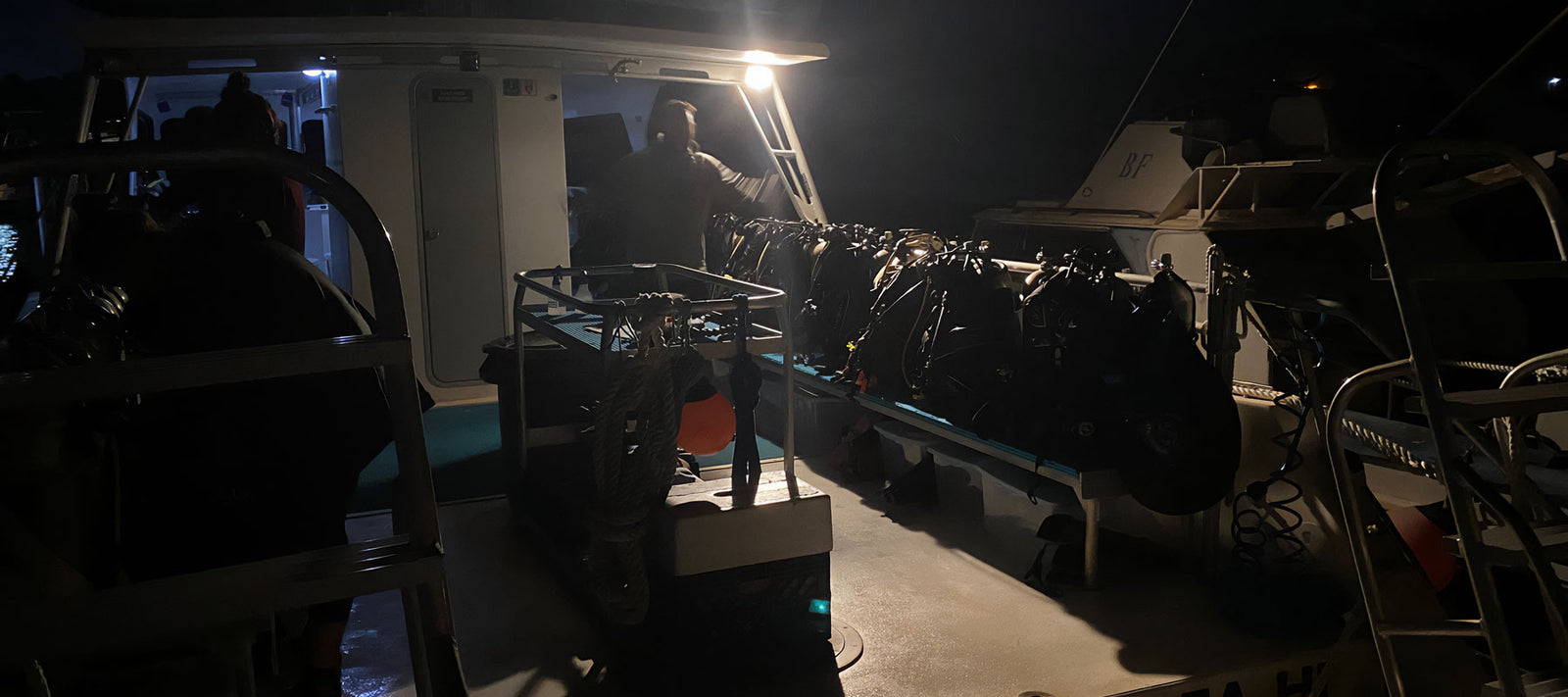There are between 2.7 to 3.5 million scuba divers in the United States.
With so many people interested in this sport, it's important to know what equipment you need before you take a dive. Each piece of gear is necessary before each dive.
Read on to learn more about the scuba diving gear you need before a dive.
Diving Mask
As you prepare to go scuba diving, you need to bring with you a scuba mask. Since human eyes are not made to withstand being underwater without protection, you cannot forget your diving mask.
The diving mask will create a space between your face and the mask that will allow you to see while you're diving.
If you don't get a comfortable mask, you could be cutting your time short.
Before you settle for a mask, make sure you look for one that has some of these qualities.
When you put the mask over your eyes and look up, there should be no space in between your face and the mask. Next, you need to place the regulator mouthpiece in your mouth and make sure the mask still feels comfortable.
You can also place the mask over your eyes without the strap while you look straight ahead. Breathe in through your nose and observe how the mask seals on your face.
Drysuit or Wetsuit
A wetsuit or drysuit is essential in order to protect your skin from the cold water as you submerge deeper into the ocean.
The wetsuit is designed to act as an insulator since the ocean water can cool your body 25 times faster than air.
Before you settle on a material, you need to consider the type of diving conditions you will be facing. For example, a lycra suit will protect your body from temperature changes, but it will not protect you from stings and scrapes.
A wetsuit is also necessary for keeping the water out. When you're looking for a suit, make sure you pick one that is snug but it doesn't restrict movement.
Although you don't want to pick a suit that is too loose, you do want to make sure you have enough room around the arms, legs, and crotch area.
Fins
You cannot go scuba diving without your fins. Fins allow you to have control over your movements and give you the agility to propel yourself underwater.
When you swim underwater, fins will take power from your leg muscles so you can move underwater since it's about 800 times denser than air.
It's important you get the right fit when it comes to scuba fins. Ensure the fins fit snug, but you should still be able to wiggle your toes.
You need to avoid fins that pinch your toes or cut the circulation to your fit. It won't be as enjoyable if you're worried about how loose or tight your fins are.
Scuba Tank
You need a scuba tank as part of your gear. This tank is an essential component of your breathing apparatus. It allows you to transport large volumes of compressed air or nitrox.
If you don't go scuba diving often, you might not need to buy a tank. There are some tanks available to rent. However, if you plan on doing a lot of diving, you should consider investing on your own.
There are a few material options when it comes to scuba tanks. Most of them are made of aluminum or steel. The pressure varies between 2000 to 3500psi.
Regulator
Since the air in your scuba tank is highly pressurized, in order to be able to breathe it, you need a regulator.
The regulator will take the high-pressure air in the tank and convert it into ambient pressure so you can breathe in.
When you look for a regulator, you should look for a high-performance one. These regulators are designed to deliver high volumes of air depth while under heavy exertion.
Make sure you get a regulator that has a comfortable mouthpiece. Also, ask for hoses that are the right length.
Scuba Gloves
Since scuba gloves are made of durable and strong materials, you need them to help protect your skin against skin punctures and abrasions, especially if you'll be exploring underwater caves.
Similar to a wetsuit, they trap a little bit of water between your skin and the material so you don't lose body heat as fast.
Dive Computer
A dive computer will measure how long a diver has been underwater. It will also let you know other useful information such as how deep you are and how long you can stay.
Before you decide on a dive computer, you have to keep in mind user-friendliness. The last thing you want to do is be on a dive and not know what you're looking at.
Keep in mind renting one might cost you a lot more in the long run than buying one, so you should consider investing in one.
You can use a dive computer along with some of the gauges we will talk about next.
Depth Gauge, Compass, and Submersible Pressure Gauge
It's essential that you get a depth gauge, compass, and submersible pressure gauge before you dive.
A depth gauge will record your current depth and let you know the deepest depth you reached while on a dive.
The compass allows you to navigate while on a dive. It's essential you know where you are when you're diving, especially during a low visibility dive.
A compass prevents divers from getting lost or running out of air because they don't know where they're located.
Divers never want to be on a dive without a submersible pressure gauge. This gauge allows them to know how much gas is left in their scuba tank.
Pack This Scuba Diving Gear: The Bottom Line
Now you know what scuba diving gear you need to get before your next dive. Don't forget to get a scuba tank, dive computer, a wetsuit, and more.
Want the best accessories for your scuba gear? Check out our collection of scuba tags.





Leave a comment (all fields required)